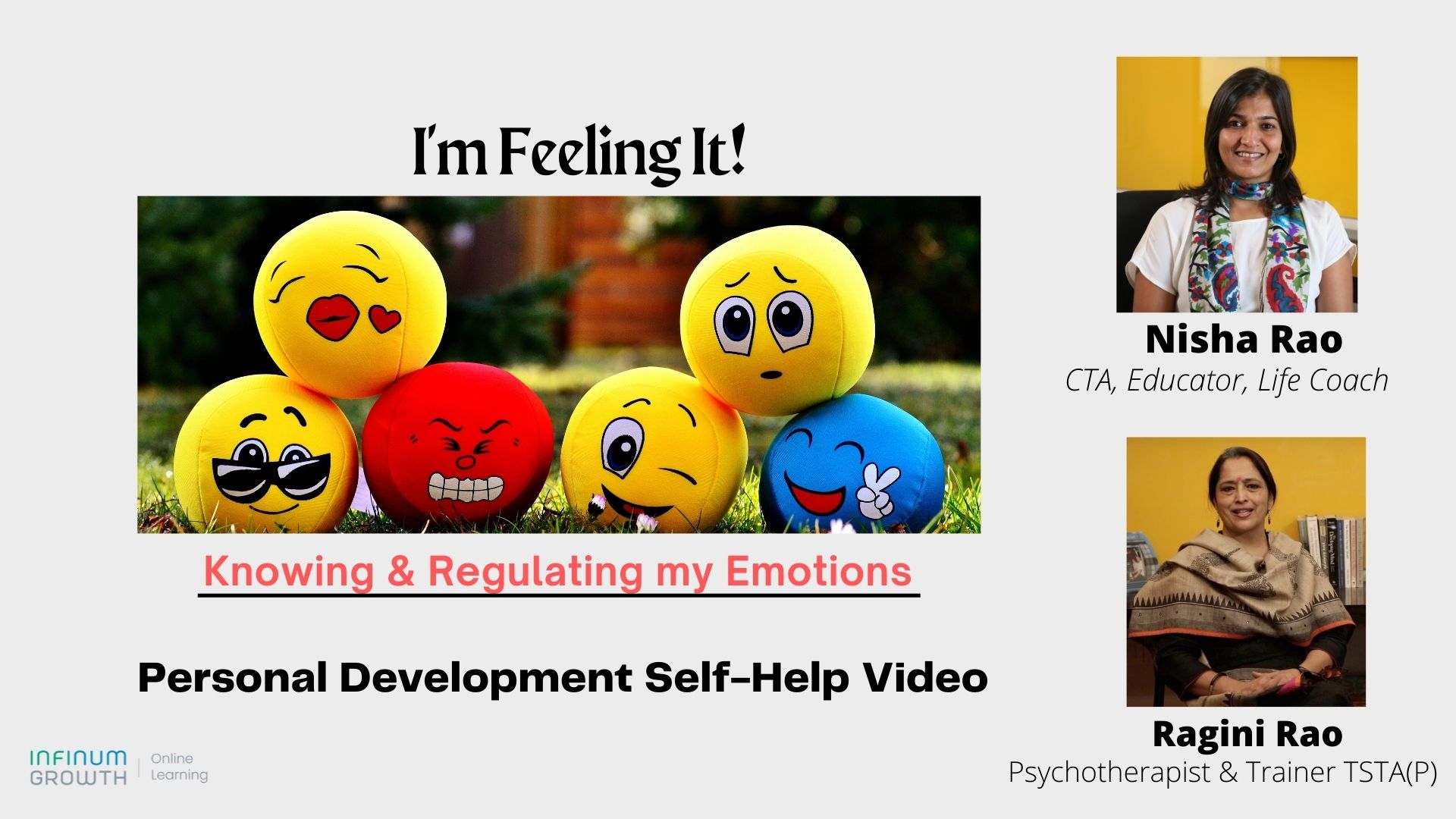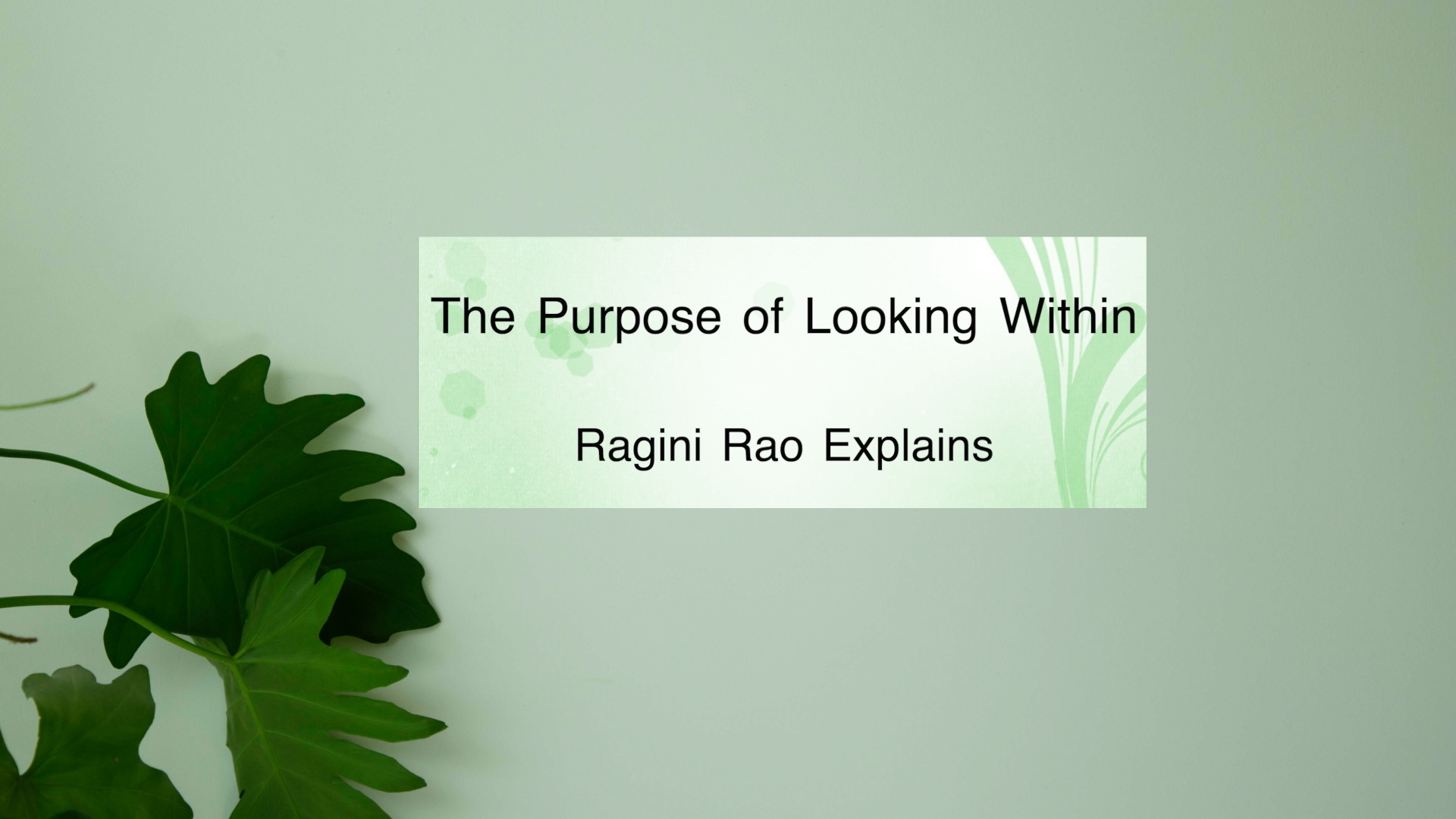Our brains are hardwired to construct and consume stories.
In early childhood, we begin developing stories about ourselves — who we are, our likes and dislikes, our traits and values — all of which serve to create a unified and coherent sense of self.
“. . . people who told stories that included more redemption sequences had higher levels of well-being and life satisfaction; and less depression.”-Dr. Jason Holland, Lifespark
Just like any story, the stories we construct about ourselves have a protagonist (i.e., you), supporting characters (e.g., your family and friends), overarching themes (e.g., of survivorship or resiliency), emotional tones (e.g., pride or disappointment) and inevitable ups and downs (e.g., tragedies and personal achievements).
Stories of Life – the narratives keep expanding
These self-narratives constantly expand and evolve as we encounter new experiences and take on different perspectives. This process plays out in everyday life; as we engage in activities, interact with others; and tell stories about the happenings of the day.
But this process can get disrupted; when an event or experience is so discrepant from one’s overall life story, that it sticks out like a gaping hole in a tapestry on the wall. Somehow the pieces just don’t fit together.
The psychologist and meaning expert, Dr. Robert Neimeyer, discusses this phenomenon in terms of problematic micro-narratives— stories about specific life events and situations, like losing a loved one or surviving a traumatic accident — that fail to be integrated into the larger macro-narrative of our lives.
So, what are the key strategies that people use to successfully weave together difficult micro-narratives into a larger macro-narrative?
Stories of Life – The three Narrative Patterns
At least 3 narrative patterns have been observed among those who have successfully adjusted to a difficult life event.These 3 patterns include:
1.Growth
Themes of growth in one’s life story are predictive of a variety of positive outcomes. In one study, people who had gone through a major life transition (i.e., in either their career or religious beliefs) wrote about their experiences and reflections on what occurred.
People whose stories emphasised themes of achievement or mastery, were more likely to believe that the transition had a positive impact on their lives. Higher levels of well-being were also found among individuals, who stressed themes relating to increased intimacy with family, their community or a higher power.
2.Positive Self-Transformation
In another study that followed a cohort of women for 40 years, narrative accounts of the “most unstable, confusing, troubled or discouraging time” in their lives were analysed and examined; as predictors of future well-being and maturity, nearly 10 years later.
Women who focused on themes of positive self-transformation in their written accounts, were most likely to be physically healthy and satisfied with their lives a decade later.
Their narratives also tended to take an exploratory approach; acknowledging negative experiences and considering their meaning; and often concluded with a coherent positive ending that offered some final, summarising statement signalling that the story had reached a conclusion.
Read Related Article: 5 Ways to Harness the Flexibility of Your Mind
3.Redemption
In a series of studies, people’s life stories, elicited in extensive interviews, were examined for two specific kinds of emotional sequences: (a) Redemption sequences involved a negative life scene, which then turned positive. A bad situation was somehow redeemed or mitigated by the fact that it ultimately had a positive outcome. (b) Contamination sequences showed the opposite pattern with a positive scene being followed by a negative one. An initially good experience was ultimately spoiled or contaminated by the events that followed.
The researchers found that people who told stories that included more redemption sequences had higher levels of well-being and life satisfaction and less depression. Contamination sequences on the other hand were associated with poorer outcomes on all of these same domains.
Want to get practice working with your own life stories? Click here for 10 exercises designed to help you make sense of difficult life events and develop a hopeful and coherent life narrative.
This article was first published at Lifesparkweekly.com
Please do leave your comments at the bottom and do share with others if you like this article.



















True Dr Jason. Nicely explained.